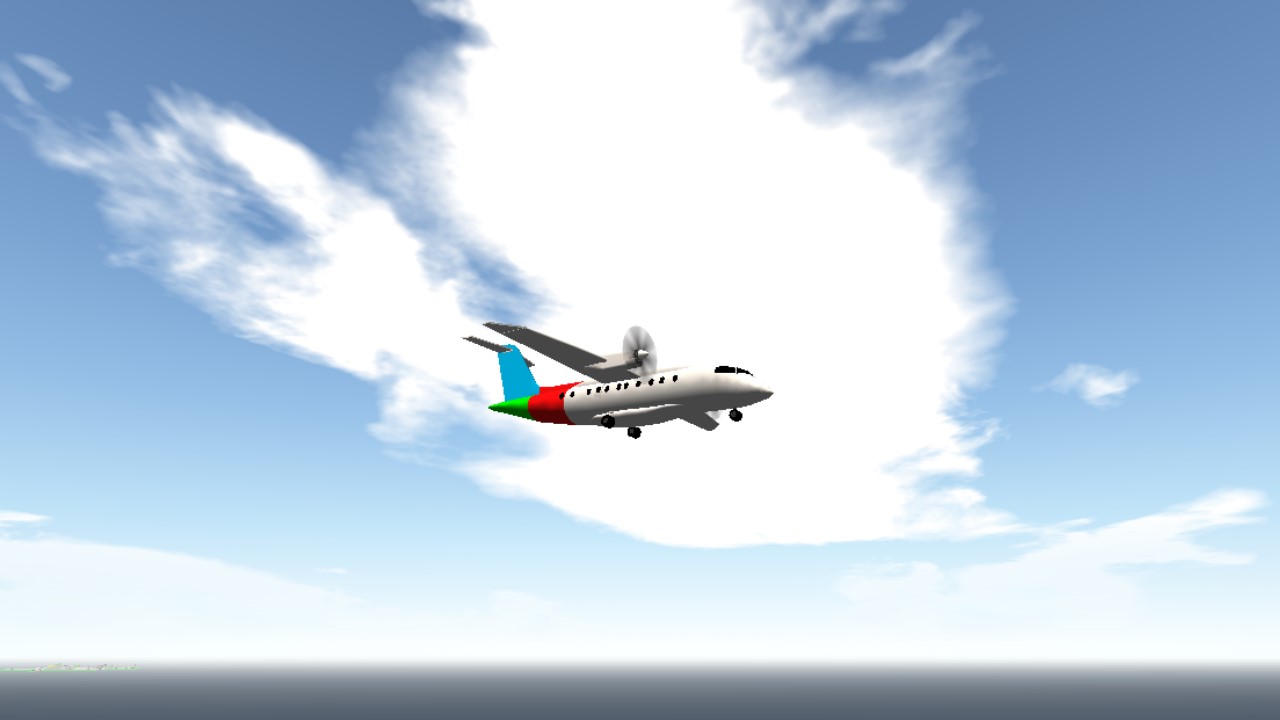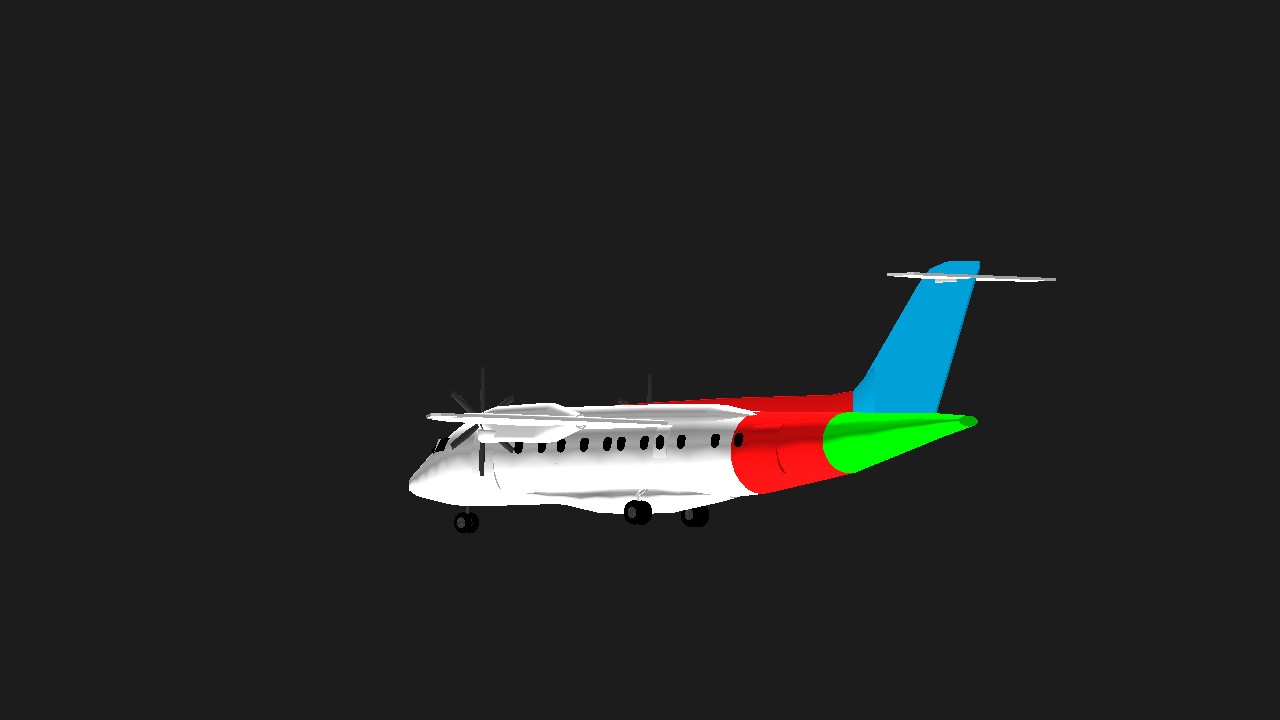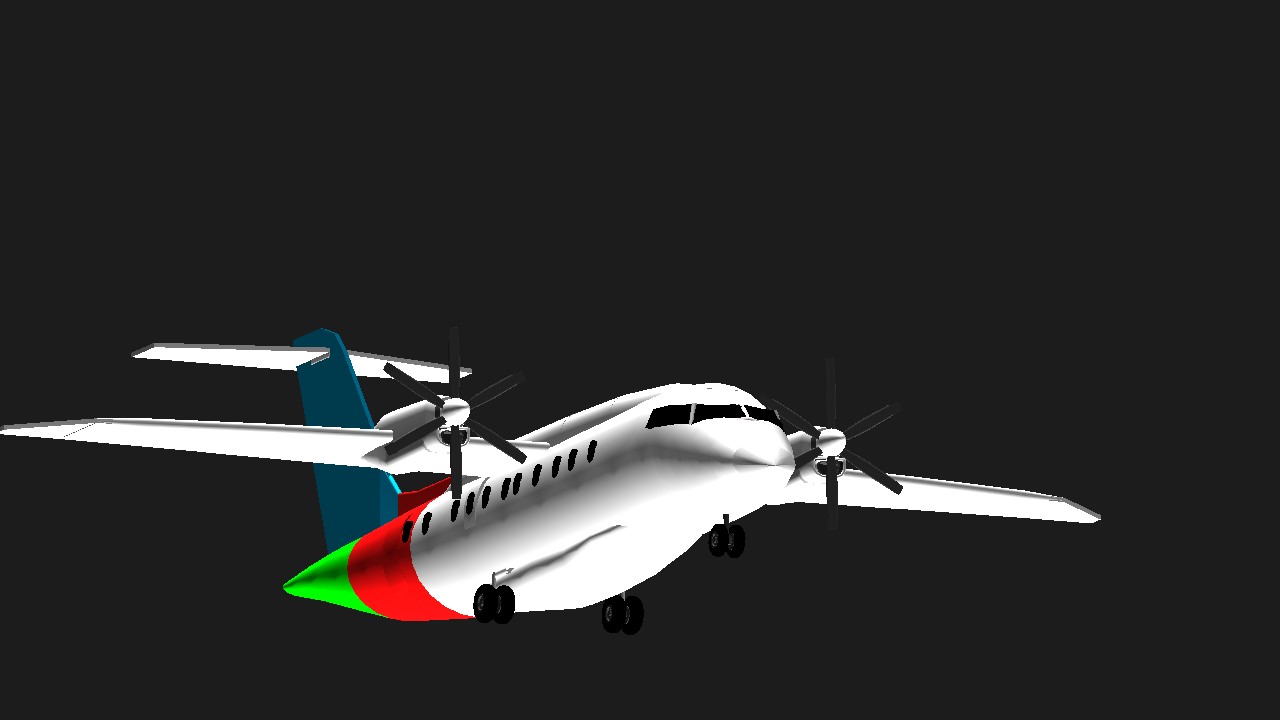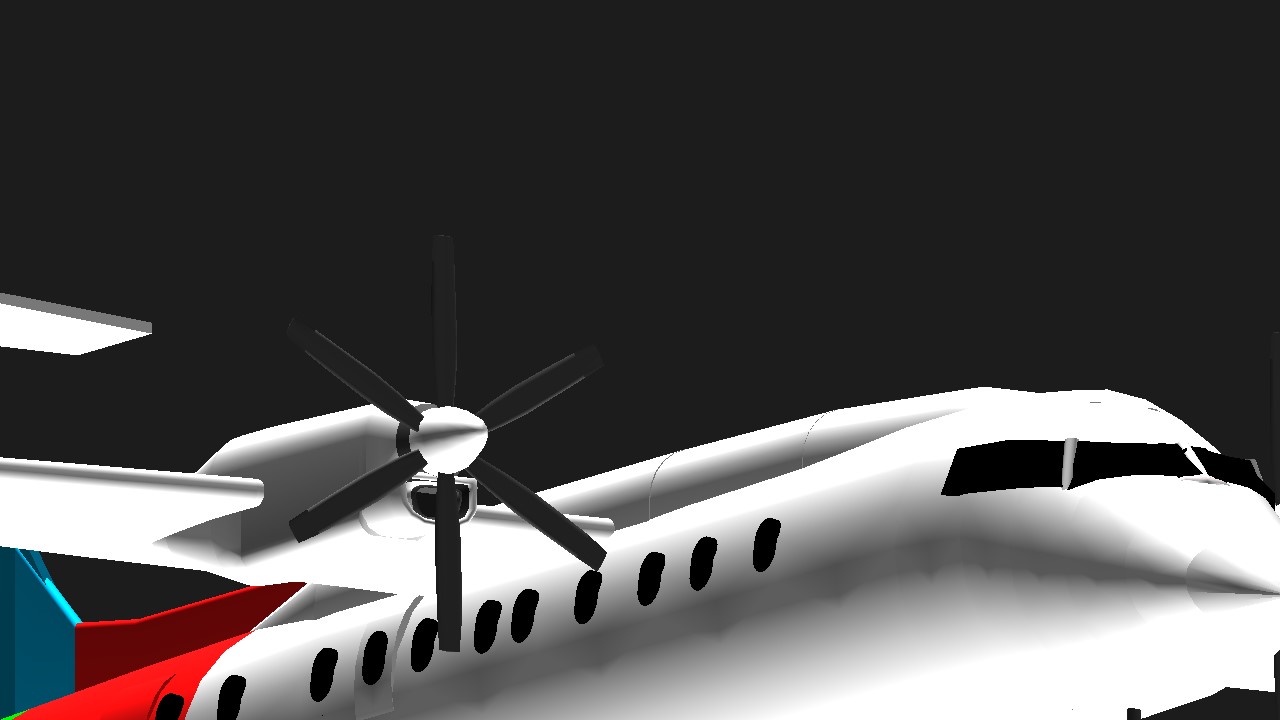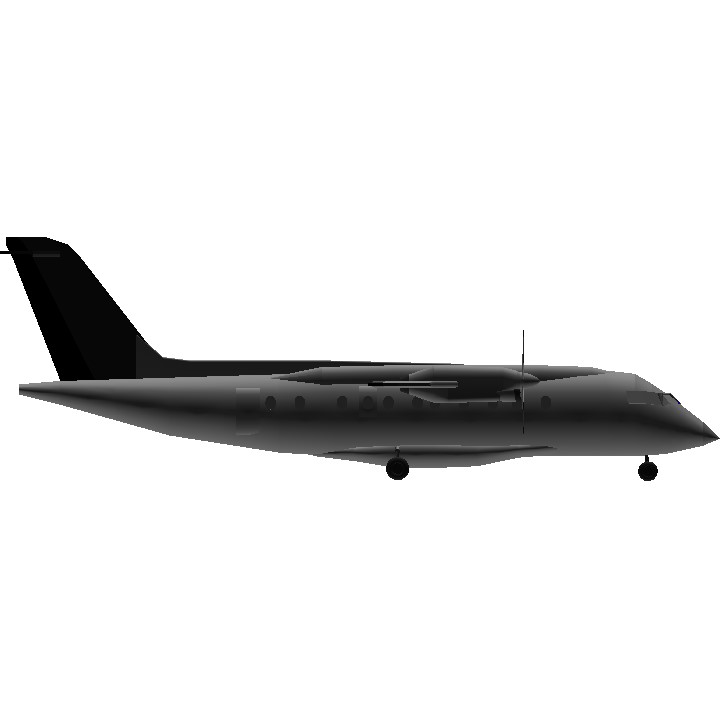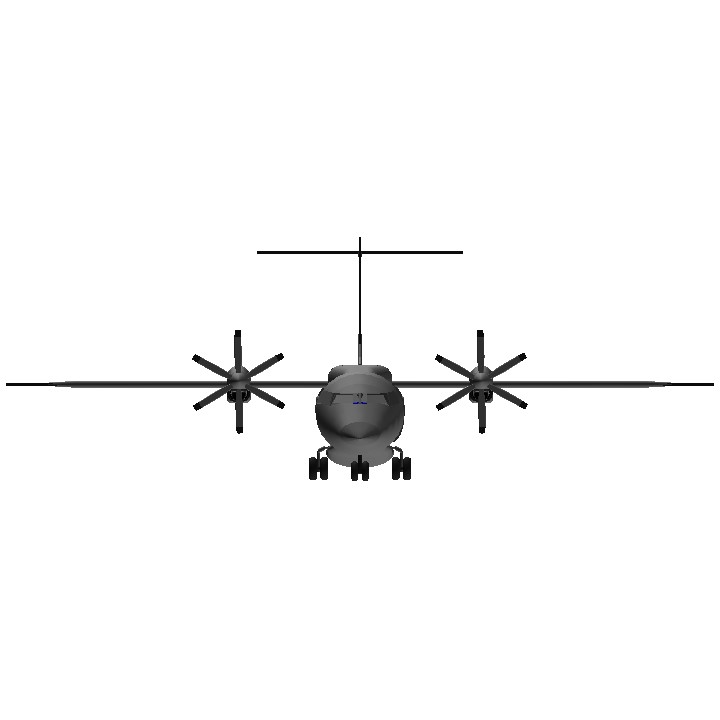VTOL:Flaps
Trim:Trim
Dornier 328
The Dornier 328 is a turboprop-powered commuter airliner. Initially produced by Dornier Luftfahrt GmbH, the firm was acquired in 1996 by Fairchild Aircraft. The resulting firm, named Fairchild-Dornier, manufactured the 328 family in Oberpfaffenhofen, Germany, conducted sales from San Antonio, Texas, United States, and supported the product line from both locations. A jet-powered version of the aircraft, the Fairchild Dornier 328JET, was also produced.
The Dornier 328 program was initially started while Dornier was still owned by Deutsche Aerospace. According to Deutsche Aerospace program manager Reinhold Birrenbach, the 328 had its origins in market research conducted in and around 1984; feedback from airlines indicated a desire for a fast, quiet, and easy-to-maintain commuter airliner with a 30-seat capacity.[2] This market research reportedly led Deutsche Aerospace to formulate a sales prediction of 400 or greater units being purchased overall; this forecast was in part derived from the reasoning that the 328 would be more advanced than its nearest competitors.[3] Favourable features included a high cruising speed of 345 kt (640 km/h), as well as a higher cruising altitude and range, making the aircraft almost as fast as jet airliners while being more fuel-efficient; a trend away from spoke–and-hub distribution in favour of point-to-point transit was also viewed as being favourable to the 328.[4]
In December 1988, the 328 project was relaunched following the granting of shareholder approval after negotiations between the Dornier family and Daimler Benz.[2][5] As the result of a six-month evaluation, a selection of powerplants deemed to be appropriate for the 328 was formed, these being the General Electric CT7-9D, the Garrett TPE-341-21, and the Pratt & Whitney Canada PW119A. While the Garrett engine was viewed by Deutsche Aerospace as being technically superior, Pratt & Whitney's powerplant was more advanced in development, thus was chosen.[6] The engine selection was soon followed by the selection of a six-bladed composite propeller from Hartzell, Hartzell's submission being reportedly substantially lighter than competing bids from Dowty and Hamilton Standard.[6] Following various considerations between electromechanical and digital instrumentation, Dornier opted for a digital glass cockpit and selected Honeywell to provide this after considering options from Saab Group, Rockwell Collins, and Smiths Aerospace.[7]
In May 1991, Horizon Air, a US-based airline, placed an order for 35 aircraft; this was the largest order for the 328 at that point and was larger than any other order for it or its competitors to be placed that year.[5] In October 1991, the first prototype of the 328 was formally rolled out.[8] On 6 December 1991, the first prototype conducted the type's maiden flight.[9] On 4 June 1992, a second 328 prototype performed its first flight.[10] On 14 December 1992, one of the 328 prototypes suffered a near-catastrophic in-flight propeller failure when all six propeller blades on one engine detached before puncturing the fuselage; the subsequent temporary loss of control caused the aircraft to roll 280° and descend 5,000 ft before control was recovered.[11]
On 13 October 1993, the 328 formally entered commercial service.[12][13] The 328 was launched into the market during a period of large numbers of competing turboprop aircraft, as well as increasing competition from newly launched regional jets, which were becoming increasingly popular during the early 1990s.[14][15][16] The 328 had the advantages of being both quieter and faster than many of its rivals, but this did not ensure its commercial success.[14] The latter half of the 328 program took place during a recession, which curtailed demand for new aircraft from operators.[5] Both the 328 and the wider Dornier division of Deutsche Aerospace proved to be losing money; accordingly, Deutsche Aerospace wavered in committing more resources to the regional aircraft market, repeatedly delaying a decision to proceed with a 48-seat stretched model of the 328, which had originally been unveiled in 1991.
Picture
Specifications
Spotlights
- Beefy 4.1 years ago
- IdnManufacturer 4.1 years ago
General Characteristics
- Successors 2 airplane(s) +35 bonus
- Created On Android
- Wingspan 84.6ft (25.8m)
- Length 86.4ft (26.3m)
- Height 29.2ft (8.9m)
- Empty Weight 30,276lbs (13,733kg)
- Loaded Weight 37,964lbs (17,220kg)
Performance
- Horse Power/Weight Ratio 0.395
- Wing Loading 38.2lbs/ft2 (186.7kg/m2)
- Wing Area 992.6ft2 (92.2m2)
- Drag Points 16803
Parts
- Number of Parts 129
- Control Surfaces 13
- Performance Cost 608

